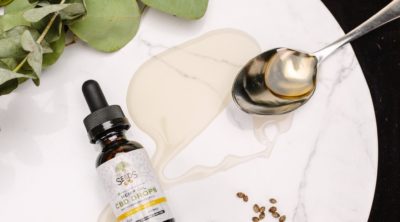
The concept of acupuncture was developed by the ancient Chinese civilization and is in use even today. Acupuncture points chart depict potent or trigger points on the human body, and are important aspects of the therapy.
The methods and therapies of acupuncture and acupressure were derived by medical practitioners of Ancient China. The concepts of both these practices are based on a life force or energy named as ‘chi‘. This life energy circulates through lines and paths that are known as ‘meridians‘. The potent and trigger points are located along the meridians. These points, when stimulated by massage or piercing of an acupuncture needle, improve the flow of ‘chi’, in that particular region. Trigger points, on the other hand, when pierced, improve the flow of ‘chi’ in some other body part. The trigger points are exclusively marked on any acupuncture chart.
Acupuncture Points
The acupuncture chart is derived on the basis of the Chinese and Indian principle, that every human body is made up of 5 elements namely, Water, Wood, Fire, Earth, and Metal. Imbalance in the quantity of any of the elements, results into an ailment, disease, or disorder. The imbalance of a particular element affects the functioning of some specified organ. The acupuncture chart depicts the organs that are affected by a particular element. In addition, seasons, emotions, and tastes also tend to affect the functioning of our body and have an effect on particular organs, which can be treated with the help of acupuncture, thereby improving a particular organ’s performance. The following chart will give you a brief idea about the connection between the organs, potent and trigger points, and elements that affect particular parts of the body.
Element: Water
Season: Winter
Yin Organ: Kidney
Yang Organ: Urinary Bladder
Energy Pattern: Conserved
Color: Black
Emotion: Fear
Taste: Salty
Voice: Groans
Element: Wood
Season: Spring
Yin Organ: Liver
Yang Organ: Gallbladder
Energy Pattern: Expansive
Color: Green
Emotion: Anger
Taste: Sour
Voice: Shouts
Element: Fire
Season: Summer
Yin Organ: Heart
Yang Organ: Small Intestine
Energy Pattern: Culmination Completion
Color: Red
Emotion: Joy
Taste: Bitter
Voice: Laughs
Element: Earth
Season: Late Summers
Yin Organ: Spleen
Yang Organ: Stomach
Energy Pattern: Balance
Color: Yellow
Emotion: Sympathy
Taste: Sweet
Voice: Sings
Element: Metal
Season: Autumn
Yin Organ: Lungs
Yang Organ: Large Intestine
Energy Pattern: Contraction and Accumulation
Color: White
Emotion: Grief and Sadness
Taste: Pungent
Voice: Weeps
For instance, a person who has been experiencing a lung problem can be treated with the help of the lung meridian, or trigger points of the large intestine meridian. This acupuncture can be done most comfortably during autumn. The lung ailment arises as a result of imbalance of metal quantities in the body.
Science Behind the Acupuncture Chart
Some people dismiss the acupuncture theory of ‘chi’, by claiming it to be a superstition. However, there are many concrete theories, regarding acupuncture, that have been proved with the help of experiments. This chart shows that the developers of acupuncture were well-acquainted with the anatomy of the human body and organs, that enabled them to successfully establish acupuncture points. Meridians are usually designated to specific organs or systems, such as the lung meridian. The acupuncture points of the lung meridians, if pierced properly relieve the stress and pain, plaguing the lungs. The piercing of needles has to be however done by a trained medic, who can without difficulty spot a point of acupuncture. Acupressure points are same as the acupuncture points and can be massaged to relieve pain. The reason behind relief of pain is that the piercing of a needle, helps in the release of endorphin, a natural painkiller, secreted by our body. In addition, this therapy also releases other neurochemicals that are needed by our body and improves static flow. Stress and tension cause the biochemicals and static flow to become imbalanced, which can be brought back to balance, with the help of this therapy. It is, however, recommended that one visits an acupuncturist or a medical practitioner for the acupuncture treatment.
Disclaimer: This article is for informative purposes only, and should not be used as a replacement for expert medical advice.








